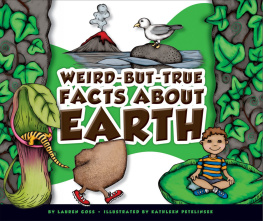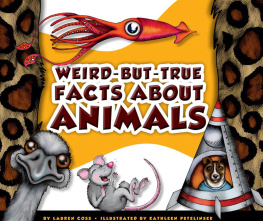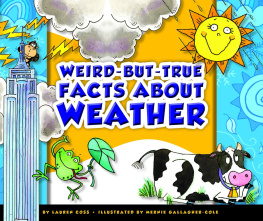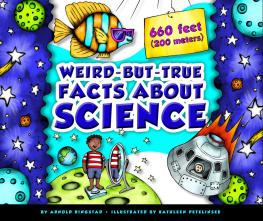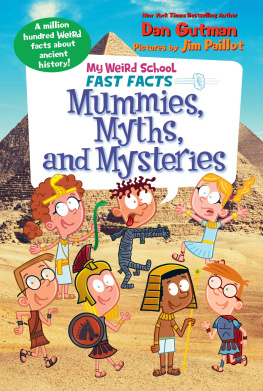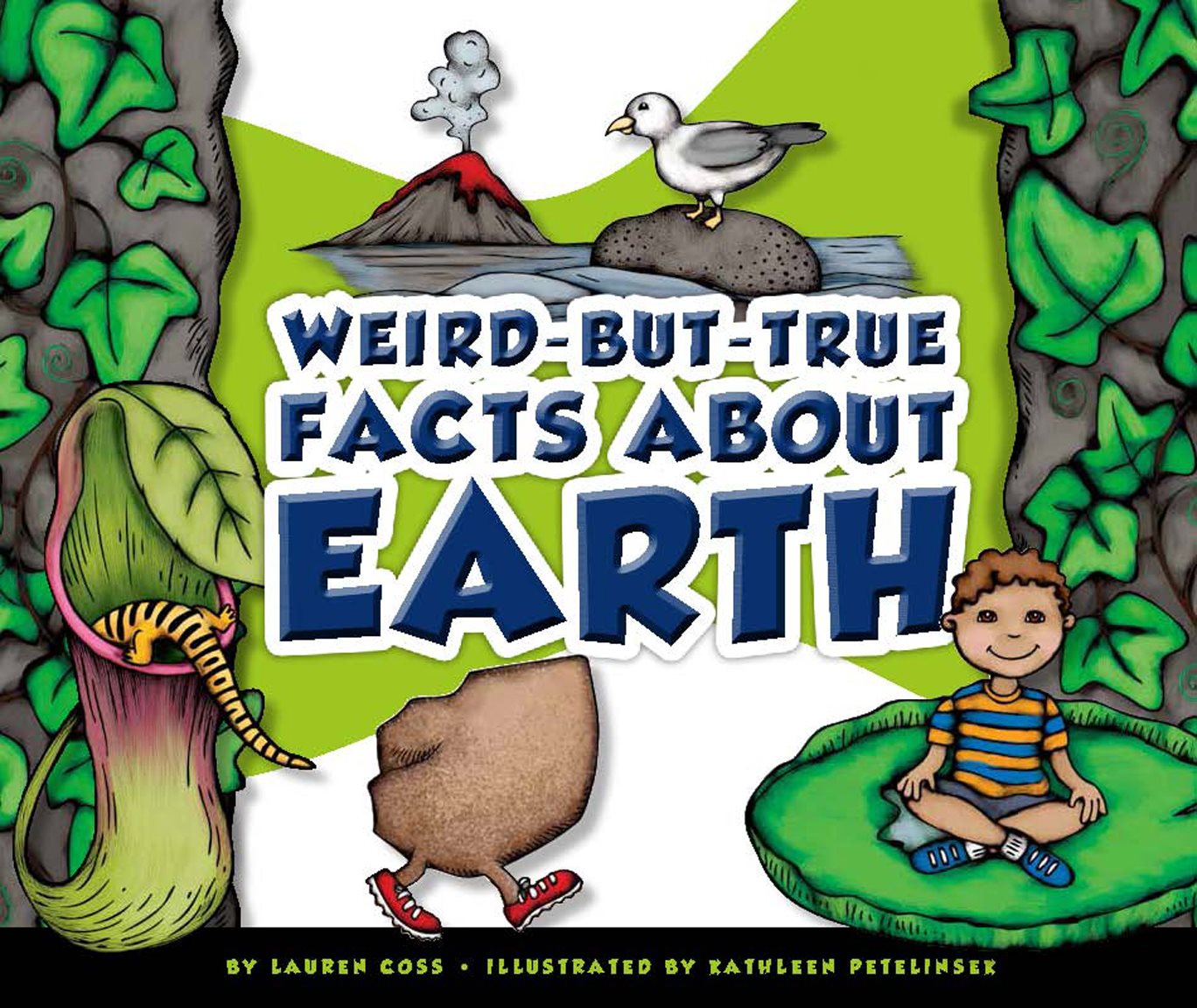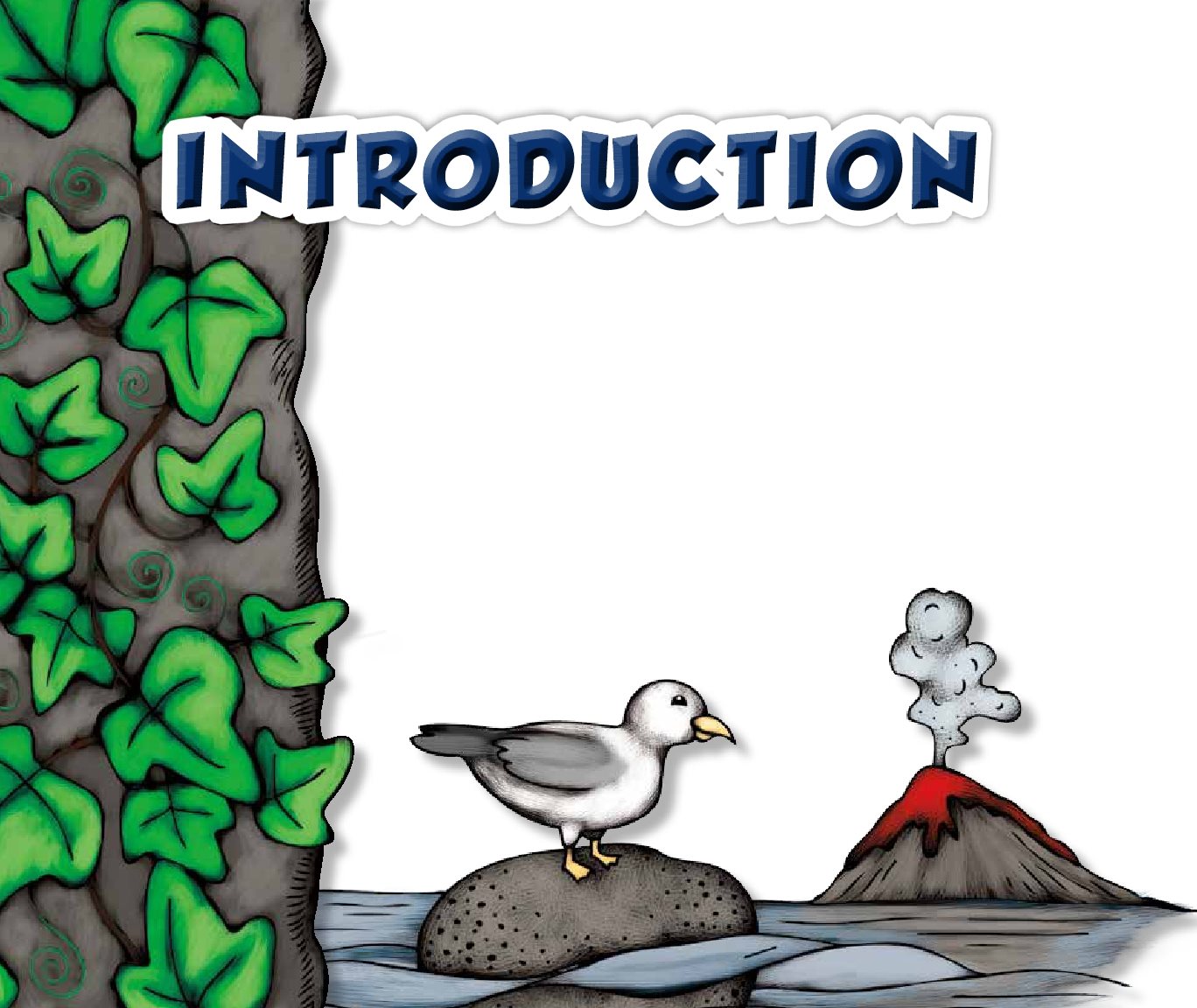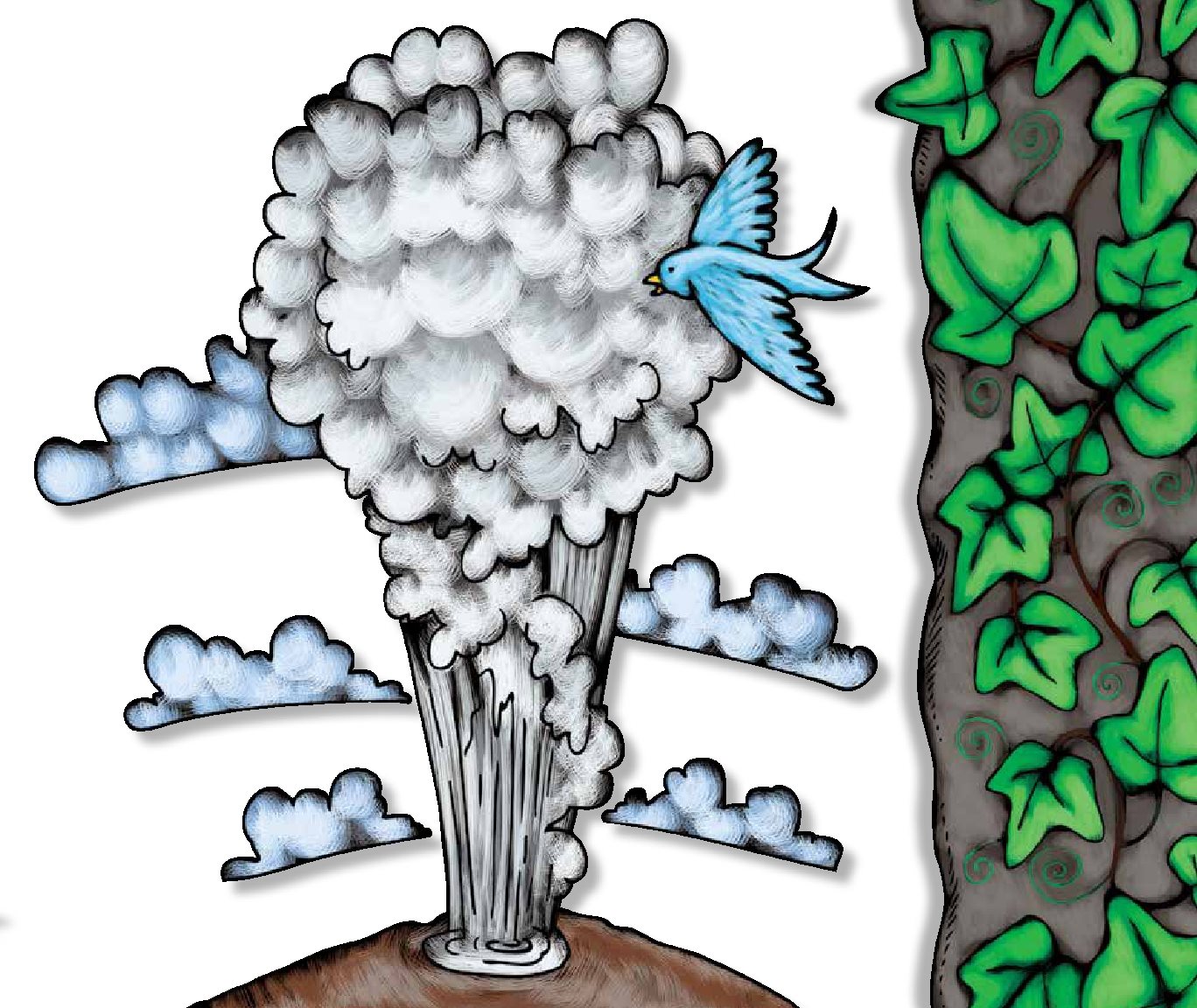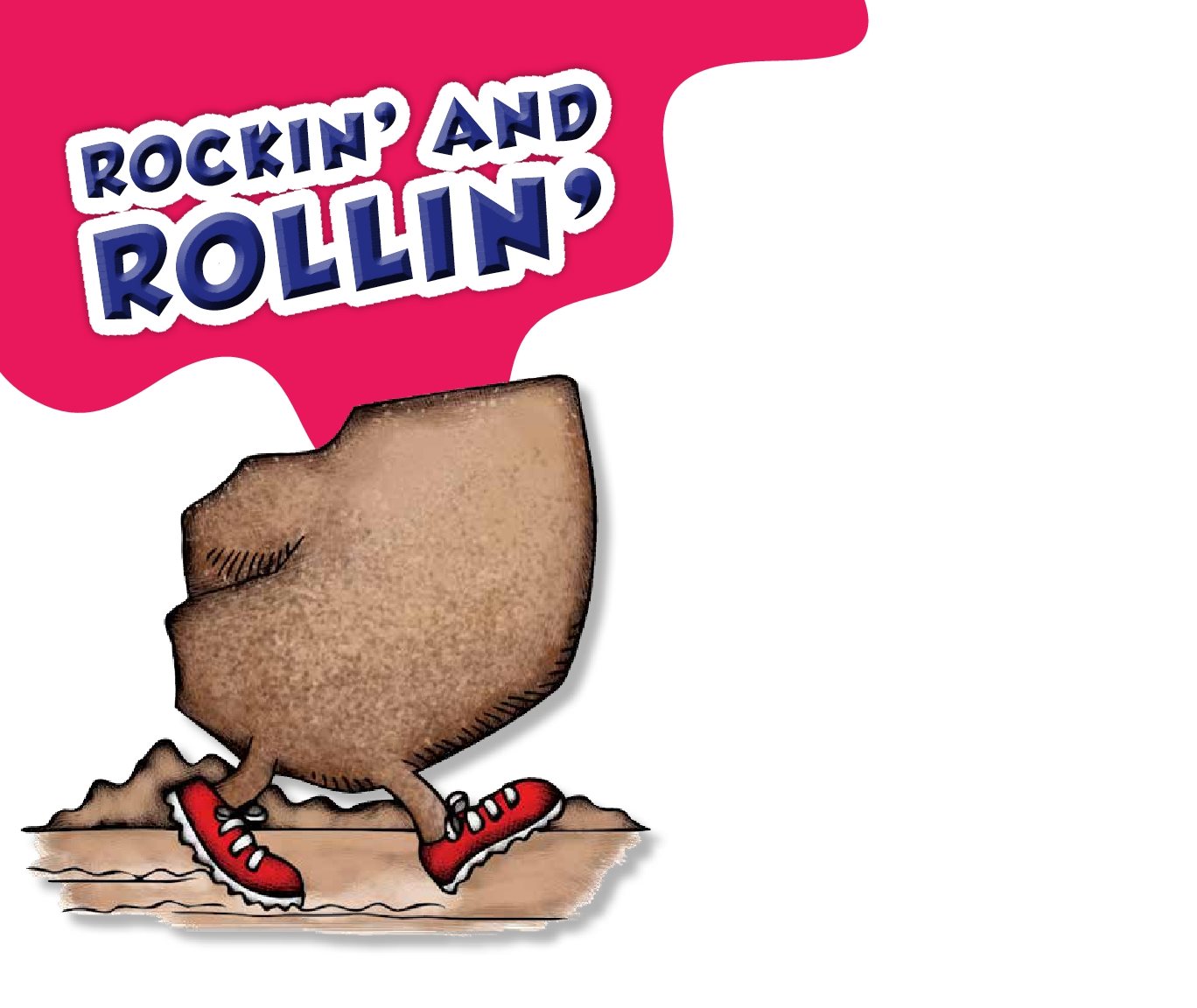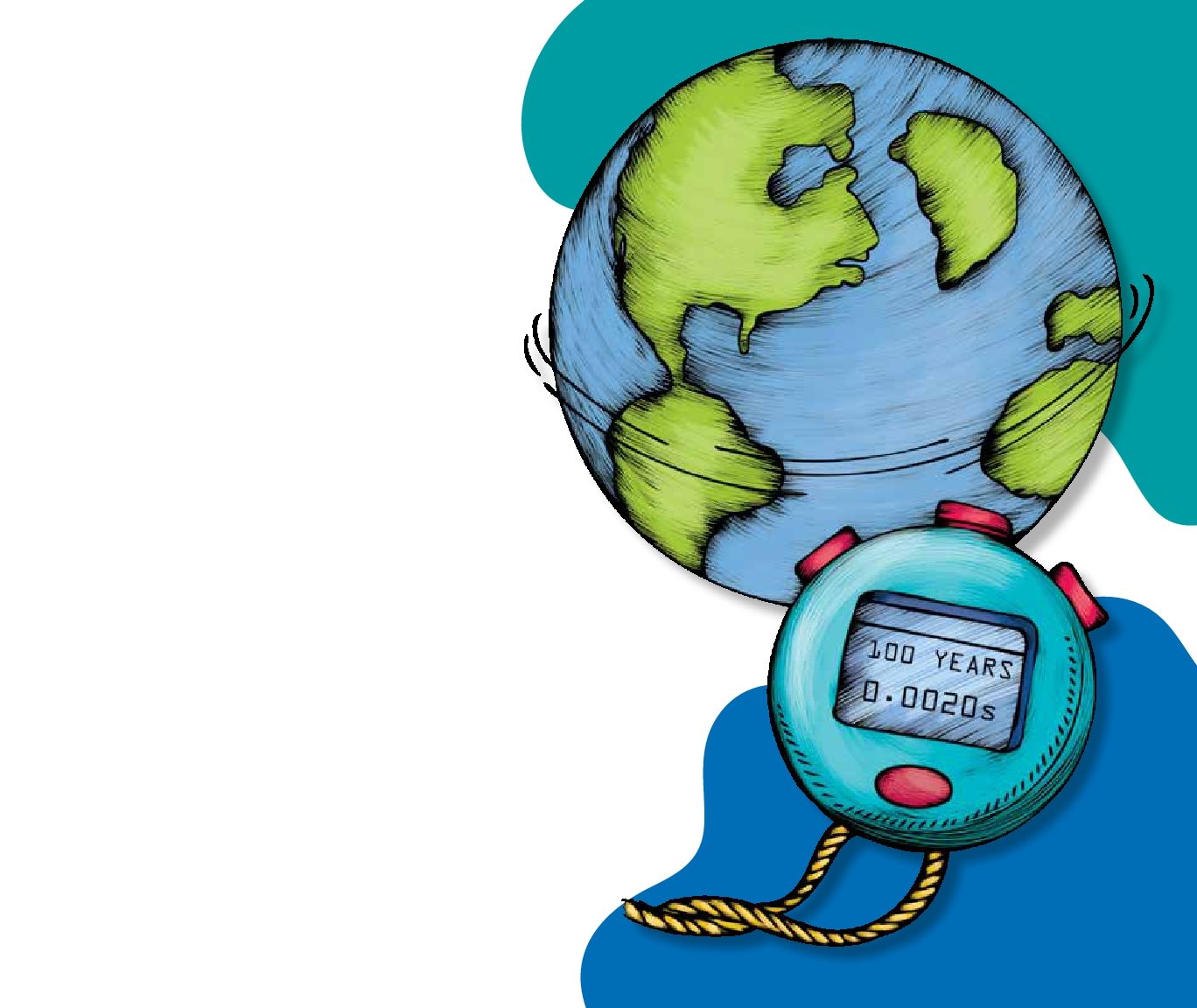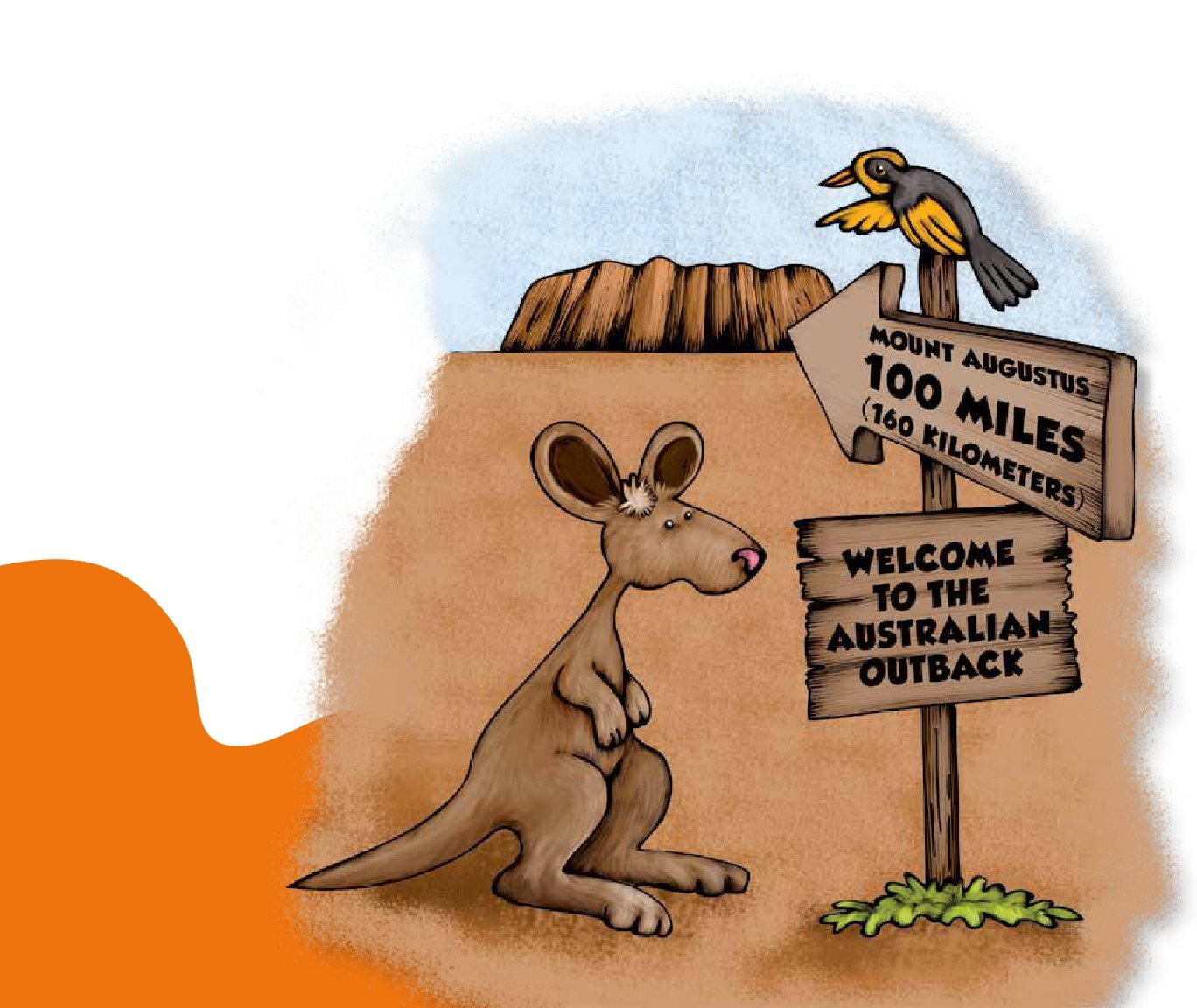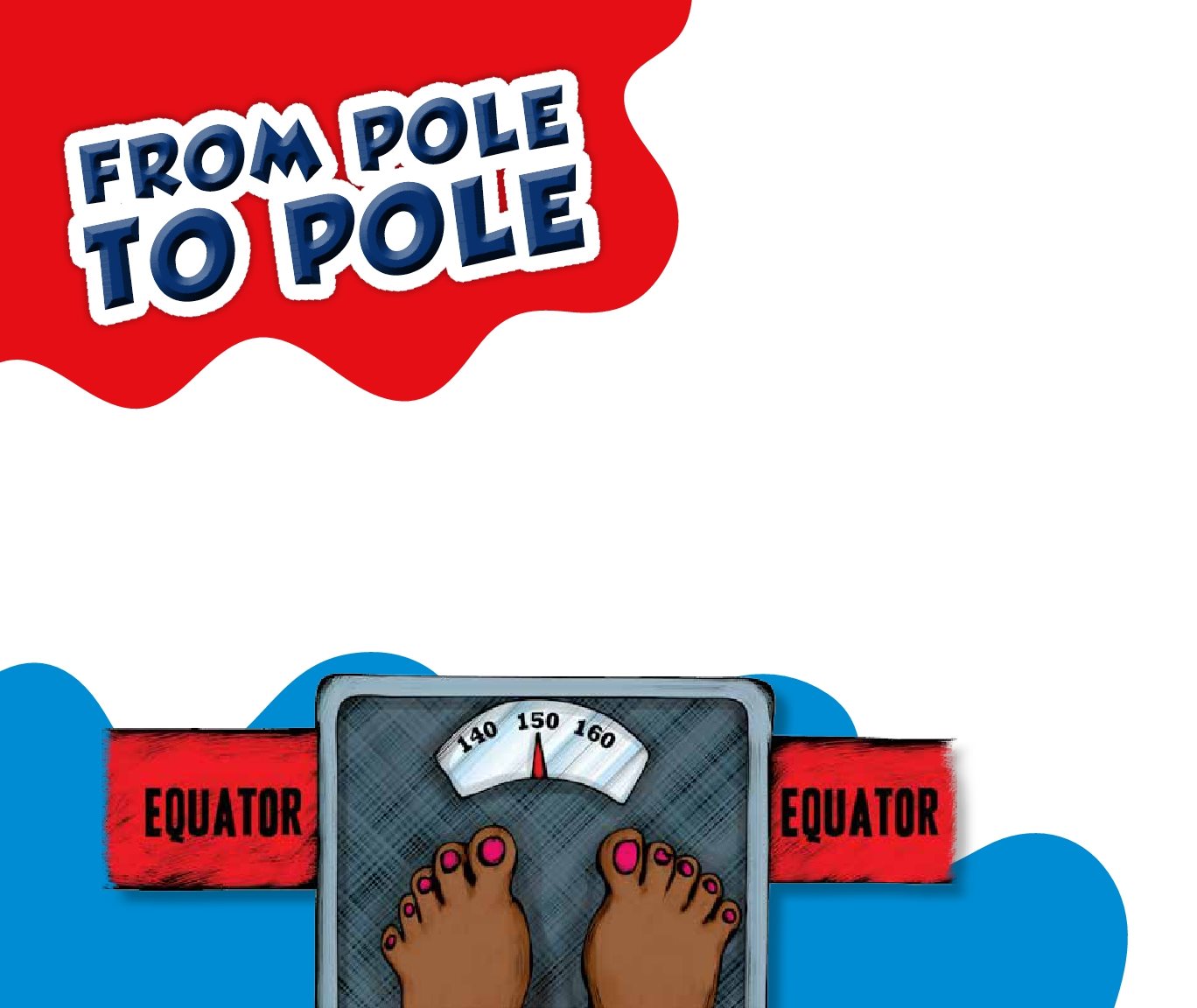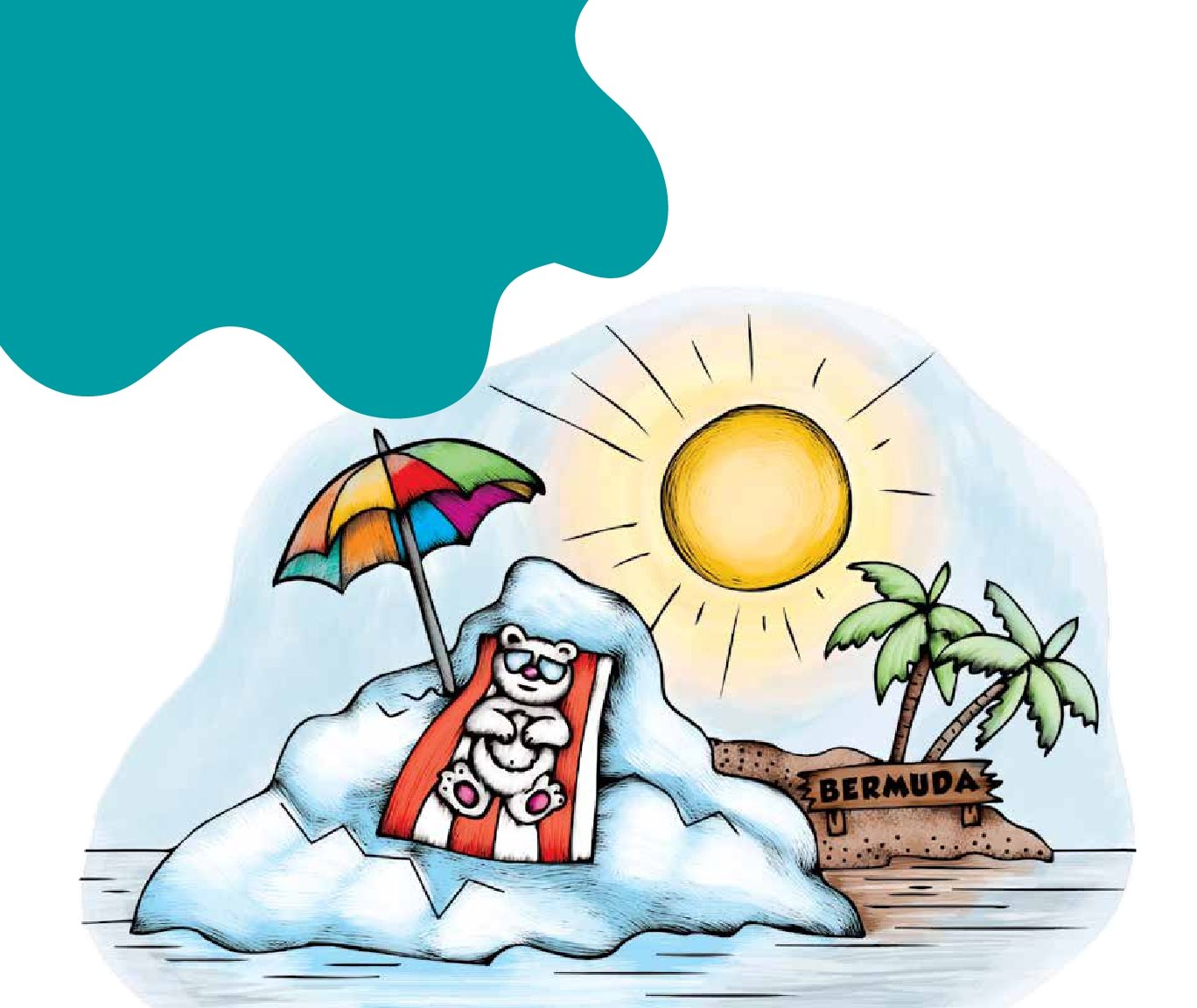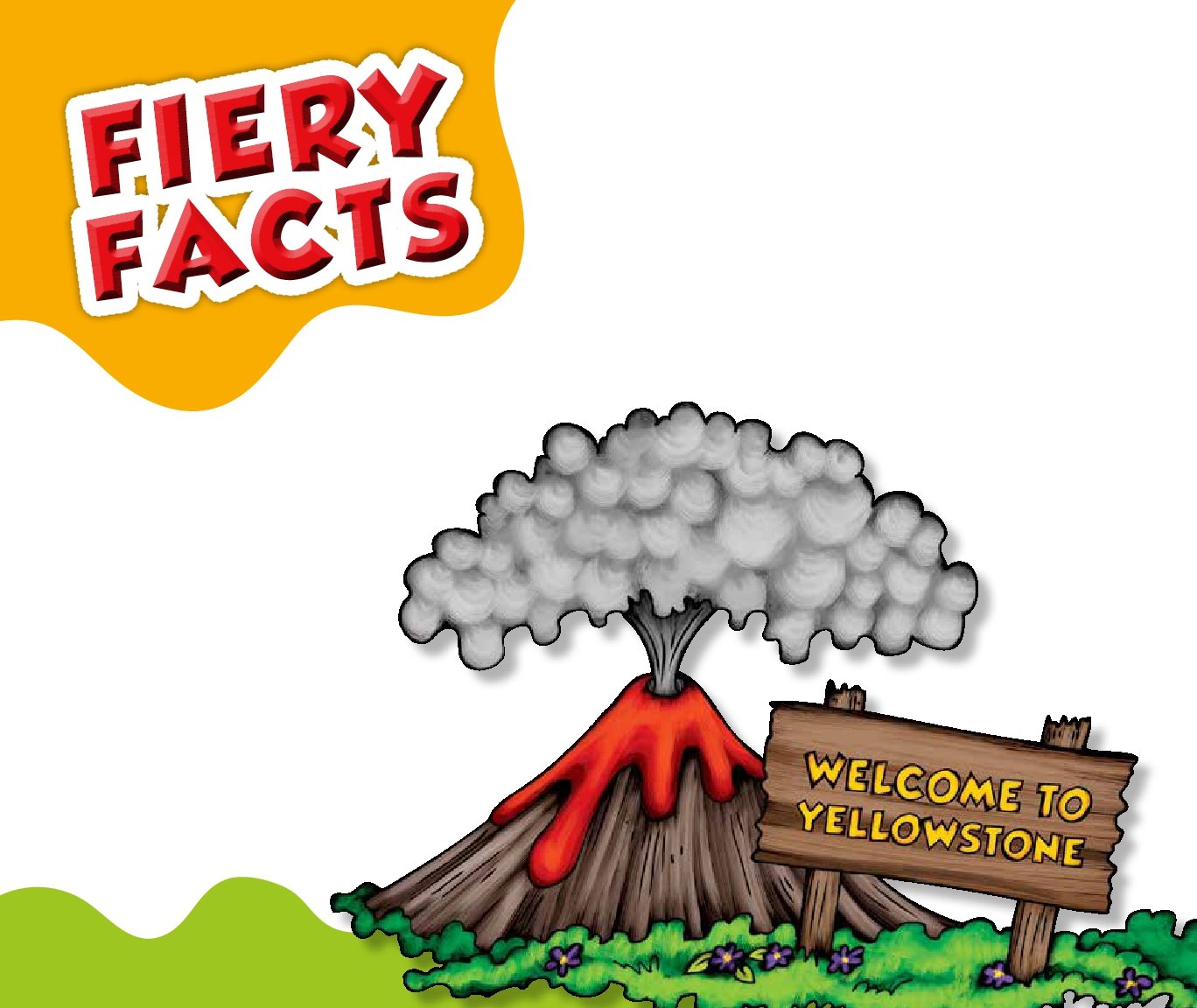Published by The Childs World
1980 Lookout Drive Mankato, MN 56003-1705
800-599-READ www.childsworld.com
Acknowledgments
The Childs World: Mary Berendes, Publishing Director
Red Line Editorial: Editorial direction
The Design Lab: Design
Amnet: Production
Copyright 2013 by The Childs World
All rights reserved. No part of this book may be
reproduced or utilized in any form or by any means
without written permission from the publisher.
ISBN 9781614734130
LCCN 2012946520
Printed in the United States of America
Mankato, MN
November, 2012
PA02143
About the Author
Lauren Coss is a writer and editor who
lives in Saint Paul, Minnesota. She loves
learning new facts about the planet she
lives on.
About the Illustrator
Kathleen Petelinsek loves to draw and
paint. She lives next to a lake in southern
Minnesota with her husband, Dale; two
daughters, Leah and Anna; two dogs,
Gary and Rex; and her fluffy cat, Emma.
The planet Earth is an amazing place!
There is never a dull moment on the third
planet from the sun. Volcanoes erupt,
earthquakes rock the surface, and the
continents shift around thanks to tectonic
plates . Get ready to learn more about the
planet we call home. The facts in this book
may seem out of this world, but remember,
they are all true!
The Earths
tectonic plates
move about
as fast as your
fingernails grow.
That is about 2 inches
(5 cm) a year.
In Death Valley,
California, some
rocks are on
the run.
Scientists have found tracks
behind rocks in a dry lake bed
showing they have moved as fast
as a person walks. Some of these
rocks are more than 700 pounds
(300 kg). No one has ever seen
these rocks in motion.
Earths orbit is
slowing down.
The planet turns approximately
2 milliseconds slower every
100 years.
One of the biggest
earthquakes in the
United States was in
the Midwest.
Beginning in December 1811, a series
of giant earthquakes rocked the area
around New Madrid, Missouri. The
quakes were strong enough to ring
church bells in Boston, Massachusetts.
They even caused the Mississippi River to
appear to flow backwards for a time.
The largest
rock on Earth
can be seen
from almost
100 miles
(160 km) away.
Mount Augustus in the
Australian Outback is
2,352 feet (717 m) high.
Australias original
inhabitants called it
Burringurrah.
Mammoth Cave in Kentucky is the
longest known cave system on Earth.
It stretches for more than 390 miles (627 km), and thats just what has already been
explored. Some scientists believe Mammoth Cave may be more than 600 miles (1,000 km)
long. Thats about the distance from Boston, Massachusetts, to Cleveland, Ohio!
Animals can predict
earthquakes.
Animals from frogs to dogs
can sense the beginning of an
earthquake before humans
feel any shaking. Many stories
tell of animals sensing quakes
days or weeks in advance, but
these stories have not been
proven by science.
If you want to lose weight,
head to the equator.
Antarctica
looks twice
as big in the
winter as it
does in
the summer.
In the winter, sea ice forms
around the continent making
it appear double in size.
A person who weighs 150.8 pounds (68.4 kg) at the North Pole weighs only
150 pounds (68 kg) at the equator. Because the pull of gravity is stronger at
the poles, objects weigh less the farther away they are from them.
The static on your radio might be
caused by the aurora borealis.
Known as the northern or southern lights, this phenomenon
can be seen in both hemispheres. It occurs when solar
radiation hits the Earths magnetic field. This creates brightly
colored lights that flicker across the sky, especially near the
north and south poles. The radiation can interfere with radio
and satellite communications.
There is no solid
land under the
North Pole, only
sea ice.
More than 68 percent
of Earths fresh water is
locked up in permanent
ice, including the ice
caps and glaciers.
Icebergs can float
really far south.
In 1926, an iceberg was
spotted in Bermuda.
Antarctica is
the best place
to go meteorite
hunting.
The icy continent has a
snowy landscape and little
vegetation, so meteorites are
easy to spot on the ground.
More meteorites have been
found in Antarctica than
anywhere else in the world.
There are two north
poles and two south poles.
One is the pole that Earths meridians run through. The
other is the magnetic pole, where a compass needle points.
The eruption of Krakatoa
volcano in Indonesia was
heard across 10 percent
of the globe.
The eruption in 1883 made the loudest sound
in recorded history. It was so violent it literally
blew Krakatoa off the face of the Earth. Now, a
new volcano is growing in its place.

